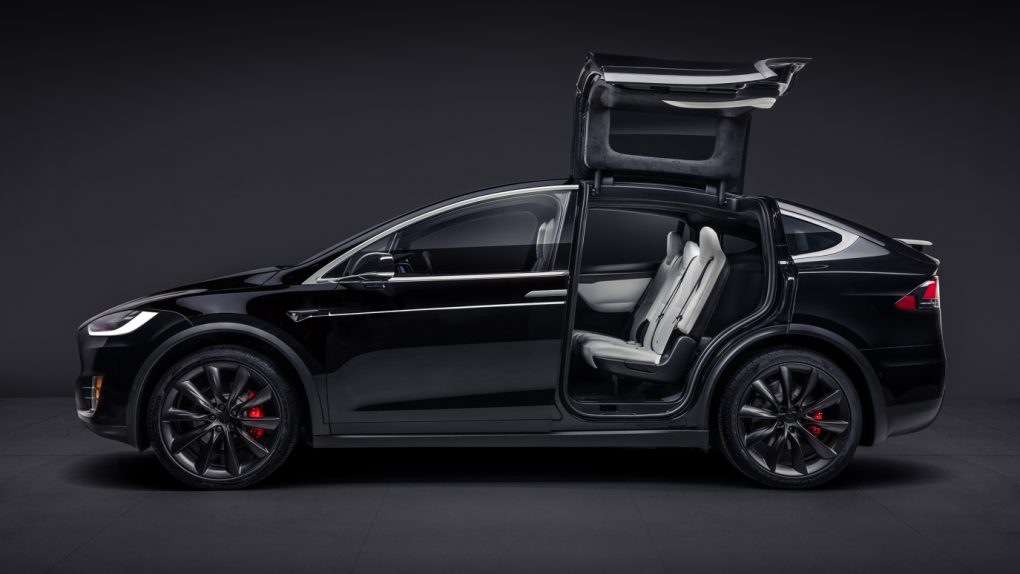The National Transportation Safety Board is currently investigating a fatal accident that occured last Friday, when a Tesla Model X crashed into a highway divider, ultimately killing the driver. While the NTSB conducts its investigation, Tesla has tried to get ahead of the story by releasing a statement giving a few possible reasons why the crash may have been so severe.
The vehicle was travelling southbound along California’s Route 101 highway on Friday morning when it hit a concrete divider, which separates the regular highway and the entrance to the carpool lane. It’s unclear whether Autopilot was active at the time. The Model X, driven by 38-year-old Wei Huang, caught fire following the impact, and was subsequently hit by two other vehicles. Huang was extracted and taken to hospital, where he later died from his injuries.
In its statement, Tesla blames the severity of the accident on a missing crash attenuator, a metal separator that is supposed to sit in front of the concrete divider and deform in the case of a head-one collision, reducing the severity of the impact. “The reason this crash was so severe is that the crash attenuator, a highway safety barrier which is designed to reduce the impact into a concrete lane divider, had either been removed or crushed in a prior accident without being replaced,” Tesla said.
“The following image shows what the barrier looked like when the crash attenuator was in proper condition, and what it looked like the day prior to the crash, based on dash cam footage from a witness of the accident who commutes daily past this location. We have never seen this level of damage to a Model X in any other crash.”
Given the recent scrutiny surrounding self-driving vehicles following the fatal Uber crash, a key question of this investigation will likely be whether Autopilot was engaged at the time of the crash. Unlike the two previous fatal crashes where Autopilot was engaged, this would appear to be an ideal use of the system: On a divided highway, with no crossing traffic or stopped fire trucks to blame.
Tesla said that “due to the extensive damage caused by the collision, we have not yet been able to retrieve the vehicle’s logs,” but the company mined its data archive to find that “esla owners have driven this same stretch of highway with Autopilot engaged roughly 85,000 times since Autopilot was first rolled out in 2015 and roughly 20,000 times since just the beginning of the year, and there has never been an accident that we know of.”










